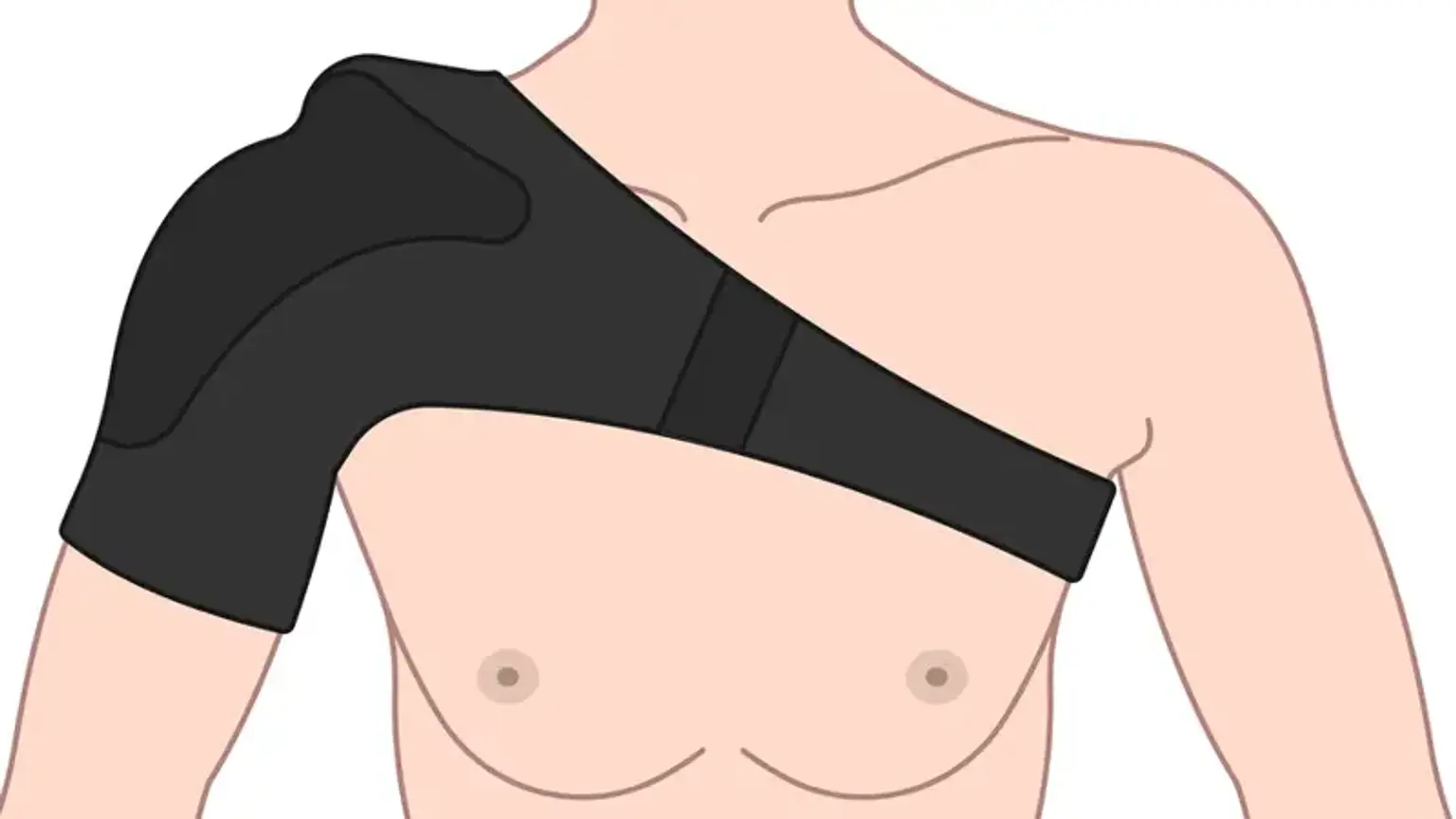Joint Reconstruction
Overview
Because joints are constantly used, they frequently wear down due to overuse or age. Joint repair or replacement may be necessary to reduce discomfort and restore function. Most joints in the body are synovial, allowing mobility and articulation, including the neck, shoulders, elbows, wrists, hands, hips, knees, ankles, and feet. When these joints are harmed or the cartilage that typically shields them fades away, surgical repair or replacement may be required.
